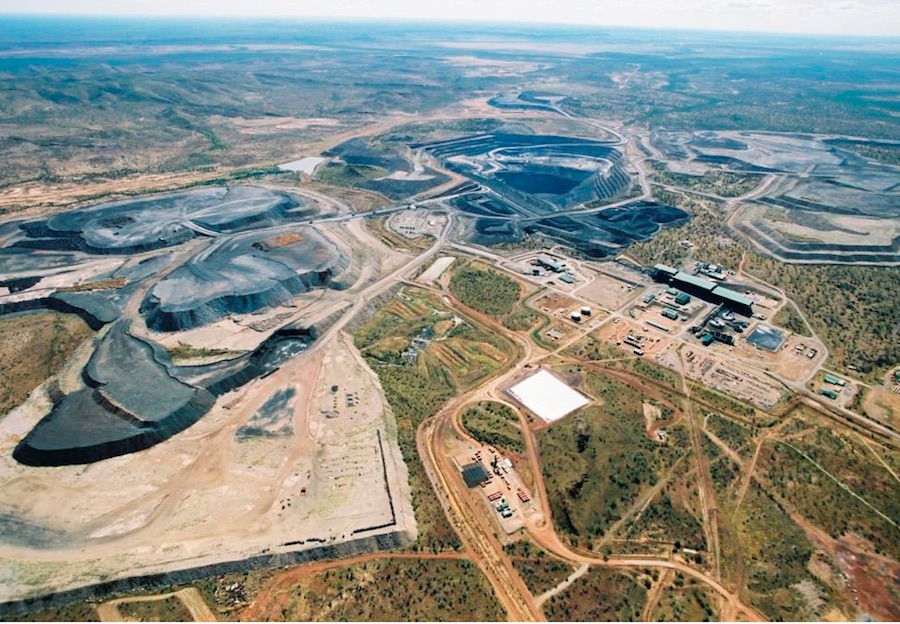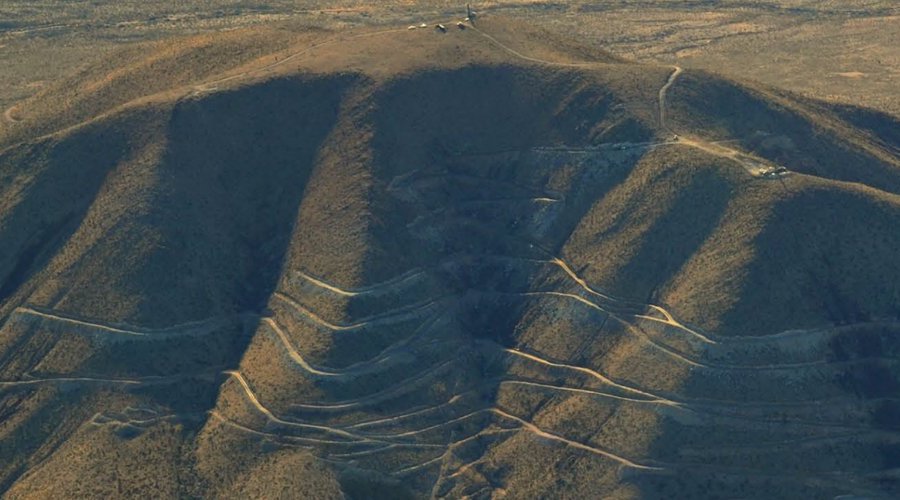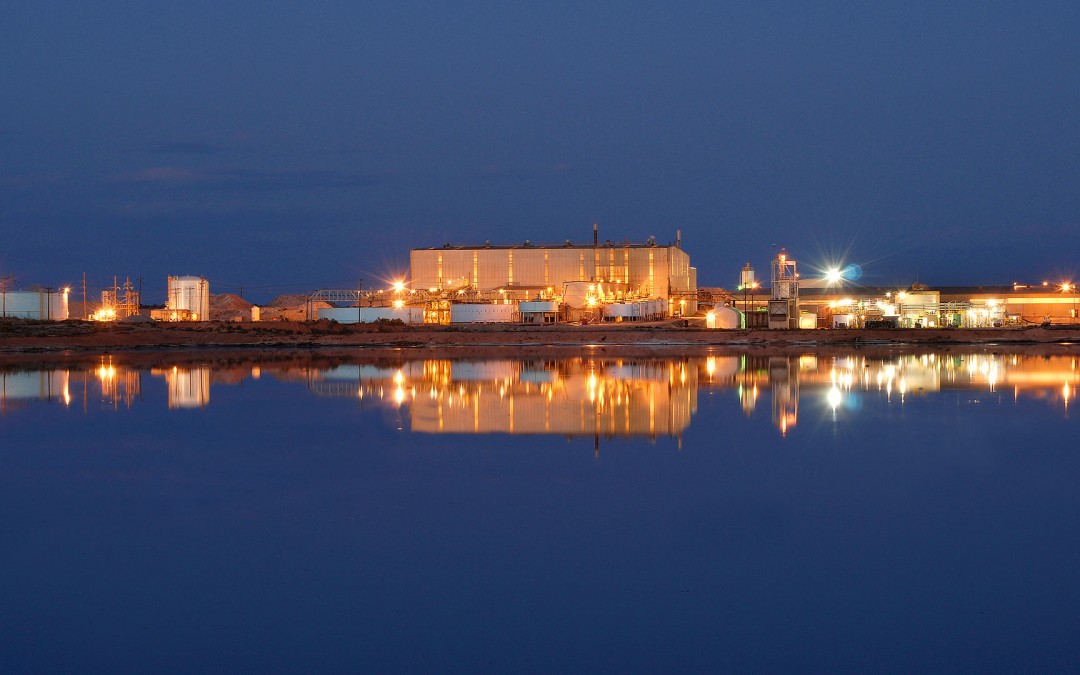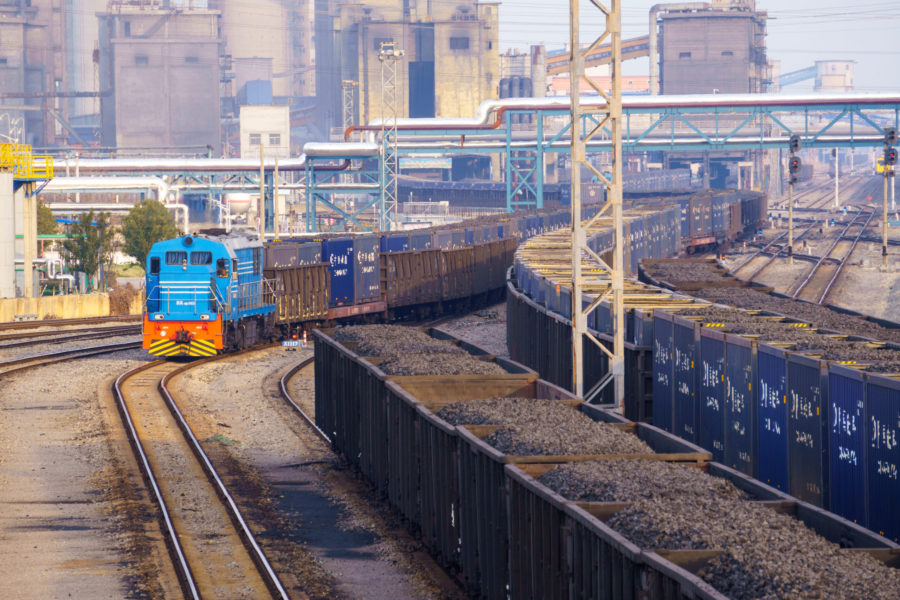Zinc market focus turns to new supply, but don’t forget Quebec: Andy Home

The Dugald River zinc mine in the Australian state of Queensland made its maiden shipment of concentrates earlier this month.
Once ramped up to full speed, the mine will produce around 170,000 tonnes per year of contained metal.
It is the most tangible sign yet of the coming wave of new zinc supply, timed to capitalise on decade-high prices and a structural shortfall of raw materials.
All over the world, it seems, geologists are revisiting old mine plans in a collective new zinc rush.
They’re even looking to revive the giant Century mine in Australia. Once operated by Dugald River’s owner MMG, Century’s closure in 2015 was a symbolic milestone on the road to global market deficit.
Now New Century Resources is studying whether there’s still value in the old mine’s tailings.
And then there is Glencore, which has so far held off reactivating the 500,000 tonnes of annual mine capacity it shuttered at the end of 2015.
A partial restart looks increasingly likely as the zinc market narrative turns from current supply famine to future feast.
This collective rethink of zinc’s fundamental story is reflected in London metal’s slide from the Nov. 1 peak of $3,326 per tonne to a current $3,100.
Yet in the short term at least, it’s not Queensland that will determine zinc’s fortunes but rather Quebec in Canada.
THE QUEBEC SUPPLY HIT
Quebec is home to the second largest zinc refinery in North America.
The CEZ plant, located in Salaberry-de-Valleyfield, produced 277,000 tonnes of refined metal last year. It is owned by Noranda Income Fund but in essence acts as a tolling operation for Glencore.
And it has been operating at reduced rates ever since its unionised workforce walked off the job on Feb. 12 this year.
The company has been maintaining production at around 50-60 percent of normal capacity but the lost units are accumulating.
Production in the third quarter of this year fell by half to 33,802 tonnes from 67,815 tonnes in the year-earlier period.
Cumulative output of 134,000 tonnes in the January-September period was down by 70,000 tonnes on last year.
This ongoing supply hit hasn’t attracted many headlines, partly because the news flow is limited to Noranda’s quarterly updates and partly because the zinc market has been so focused on events in the mining segment of the zinc supply chain.
But right now, zinc’s price performance is more linked to availability of metal than of mined concentrates.
A supply response may be building at the mine level, but tightness in the refined metal market remains the more pressing price driver, particularly for those holding short positions on the London Metal Exchange (LME).
STILL SHORT AND CAUGHT
The London market is still characterised by backwardation across the nearby part of the forward curve.
As of yesterday’s close cash zinc commanded a premium of $33 per tonne over three-month metal <CMZN0-3>. Indeed, cash-date tightness has been a running theme since the middle of September.
So too has been the entity gracing the LME’s daily market positioning reports. Today’s update, covering the close of business on Monday, shows a dominant long holding 80-90 percent of available LME stocks <0#LME-WHL> and over 90 percent if cash positions are included.
Less of a squeeze, more of a protracted choke-hold.
What’s surprising, however, is just how little metal has been sucked into the LME system by this persistent cash premium.
True, there were some heavy-tonnage arrivals in both September and last month but predictably much of what turned up didn’t hang around for long.
LME sheds in the Belgian port of Antwerp, for example, saw 28,425 tonnes of metal warranted in the course of just two days in September. All that zinc has since been cancelled and has been trickling back out of the system ever since.
With the benefit of hindsight, the LME stocks action of the last two months amounted to a titanic tussle for metal rather than a structural change of trend.
LME headline stocks at 232,100 tonnes are still hovering at multi-year lows and are almost exclusively located in the U.S. port of New Orleans.
Shanghai Futures Exchange (ShFE) stocks have rebuilt only very marginally over the last couple of weeks and are still down by 69,000 tonnes on the start of the year. What little was registered with the CME’s warehouse network has diminished further to just 4,851 tonnes.
Between the three exchanges total visible stocks stand at just over 319,000 tonnes, down by 274,000 tonnes on the start of the year.
Of course, there are off-market stocks as well, particularly in New Orleans, where metal still occasionally revolves from off-market storage back into LME sheds.
But that’s where the Noranda strike is significant, since it is acting as a continuous drain on metal availability in the North American marketplace.
UNCERTAIN TIMING
Now that zinc’s raw materials shortfall has made it all the way down the supply chain to the refined metal market, tightness is going to be here for a while.
It will take several months before that first shipment of concentrate from Dugald River is processed by a smelter into refined metal.
And even if Glencore were to reactivate all of its mothballed capacity, it would also take months to impact significantly the amount of material available for delivery to the LME against short positions.
The LME backwardation is testing refined metal availability every day and the lack of response has been telling.
The 2,750 tonnes of arrivals at New Orleans showing up in today’s LME stocks report represent the first inflow of any sort since Oct. 19. And that despite a persistent cash incentive for LME delivery.
Timing zinc’s major price moves over the last few years has been a tricky business. There were many false starts before the recent record-breaking run really took off last year.
And timing this market’s next major move, widely assumed to be downwards, is going to be an equally problematic exercise.
Not least because of the forgotten supply hit that is the strike at the CEZ refinery.
Both sides have just agreed to call in a government mediator to try and get talks going again.
But “uncertainty” about the duration of the strike means Noranda Income Fund “has deferred providing guidance for zinc metal production and sales for 2017.”
Would-be zinc bears beware!
(By Andy Home, Reuters’ columnist | Editing by David Evans)
More News
Critical mineral stocks rally on signs Trump supports sector
April 17, 2025 | 09:39 am
Trump ally Prince strikes mineral security deal with Congo
April 17, 2025 | 09:24 am
Energy Fuels says it can produce six rare earths subject to Chinese export control
April 17, 2025 | 08:39 am
{{ commodity.name }}
{{ post.title }}
{{ post.date }}





Comments